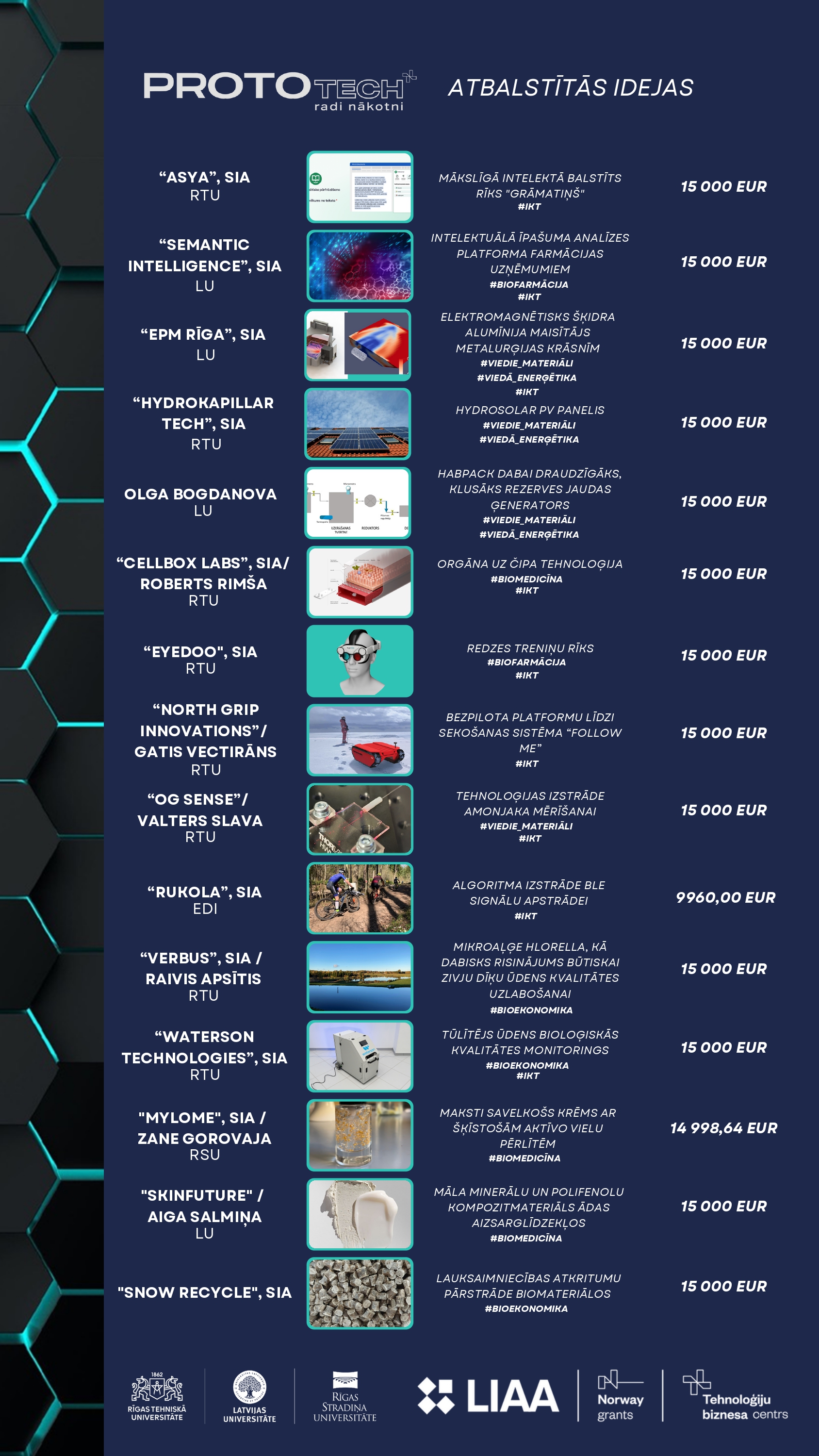With the support of the Latvian Investment and Development Agency's «PROTOTECH» programme, the Riga Technical University (RTU) Science and Innovation Centre's Innovative Product Development Department has developed a prototype for a new device for determining ammonia gas concentration on farms that will be more efficient, cheaper and more sustainable than those currently available on the market.
RTU Science and Innovation Centre Innovative Product Development Unit client Valters Slava represents a team that has developed a completely new technology for the detection of ammonia gas concentration using an optical sensing technique that has been widely studied in the scientific literature but has not been used for gas detection in industrial applications until now. It is envisaged that such a sensor will be able to perform its function for at least three to five years compared to those on the market, will be simpler and consequently cheaper to develop, and will be more energy efficient and environmentally friendly. The in-house solution needed to be improved, so it was decided to use «PROTOTECH's» capabilities.
«The customer's device had a problem with reading data - the solution was very noisy, gave data with high distortion in the read values. There was also a desire to combine all the functionality into one small solution that would be easier to implement in the working environment, as until now the required tasks were performed by several devices. This is then the first prototype of a solution that has already been tested - a board that combines everything needed,» says Kristens Raščevskis, Product Development Manager at RTU SIC.
The solution was developed by electronics engineers Raivis Deksnis and Pauls Ēriks Šics. «The biggest innovation from the customer's side in this solution is that the electronics are completely separated from the sensor part. Ammonia is aggressive and corrosive to any electronics. Since the electronics are separated here, measurements can be made more successfully and the system will undoubtedly have a longer lifetime,» says R. Deksnis, outlining the product innovation. Overall, he describes the development process as very successful, as the challenge was actually to outperform an existing device, which was achieved on the first attempt - and repeatedly. «The final product is both visually appealing and technologically correct,» confirms R. Deksnis. «A device that reads data and is part of a larger system is exactly the kind of project that we do on a daily basis and would love to work on more,» adds his colleague, K. Raščevskis.
«PROTOTECH» is a prototyping programme created by the Technology Business Centre of the Investment and Development Agency of Latvia, which provides support to individuals and legal entities in the design and development of prototypes of science-intensive technology products or services in cooperation with leading Latvian universities - RTU, University of Latvia and Riga Stradins University. The project is implemented under the Norwegian Financial Mechanism 2014-2021 Programme «Entrepreneurship Development, Innovation and Small and Medium-sized Enterprises». A grant of EUR 15 000 has been received for the development of this prototype. The project has been funded with a grant of EUR 15 million.
Working together for a competitive Europe!

